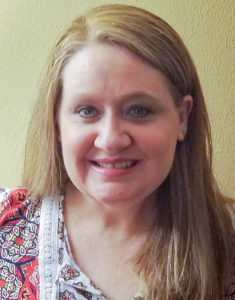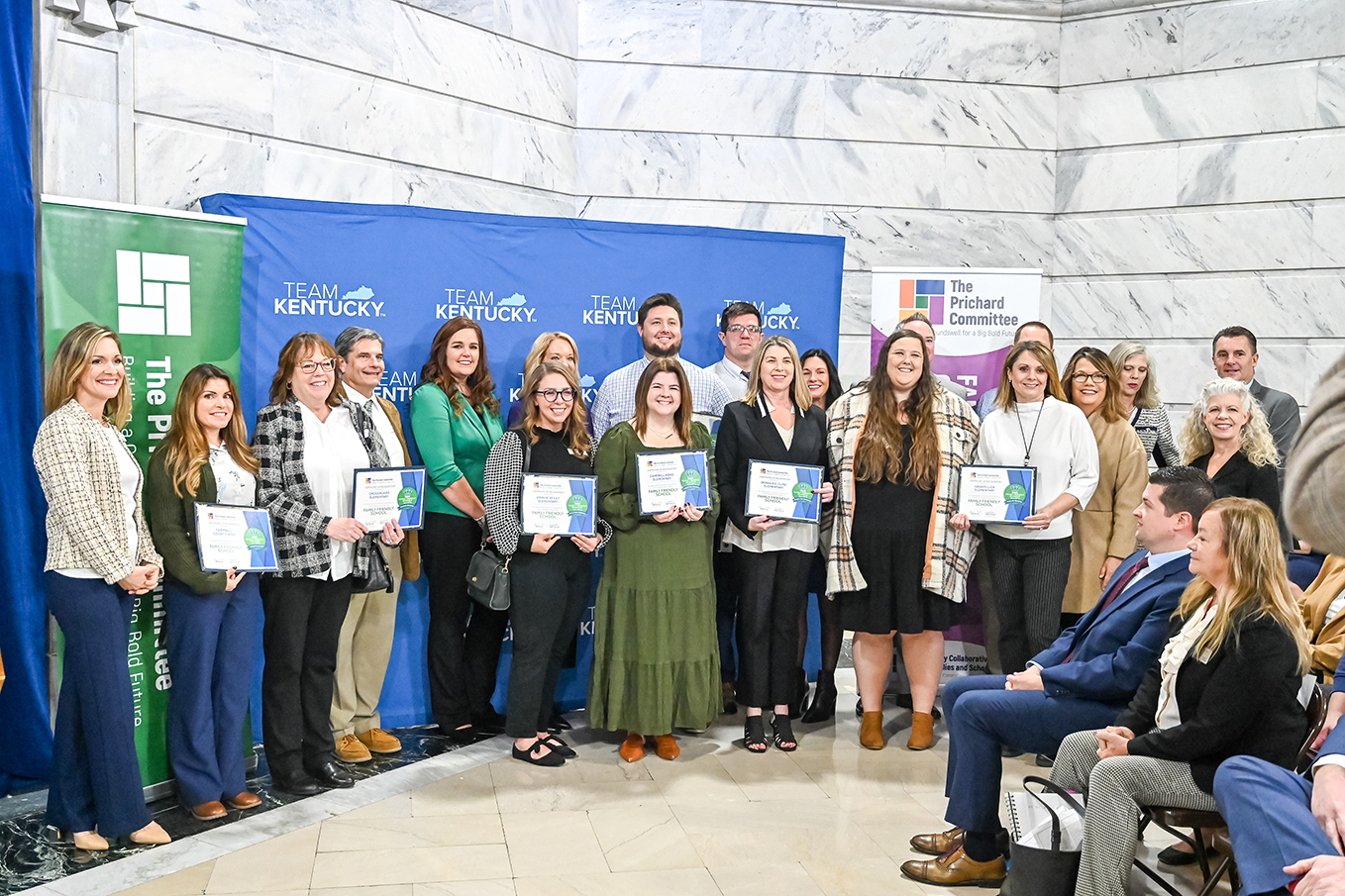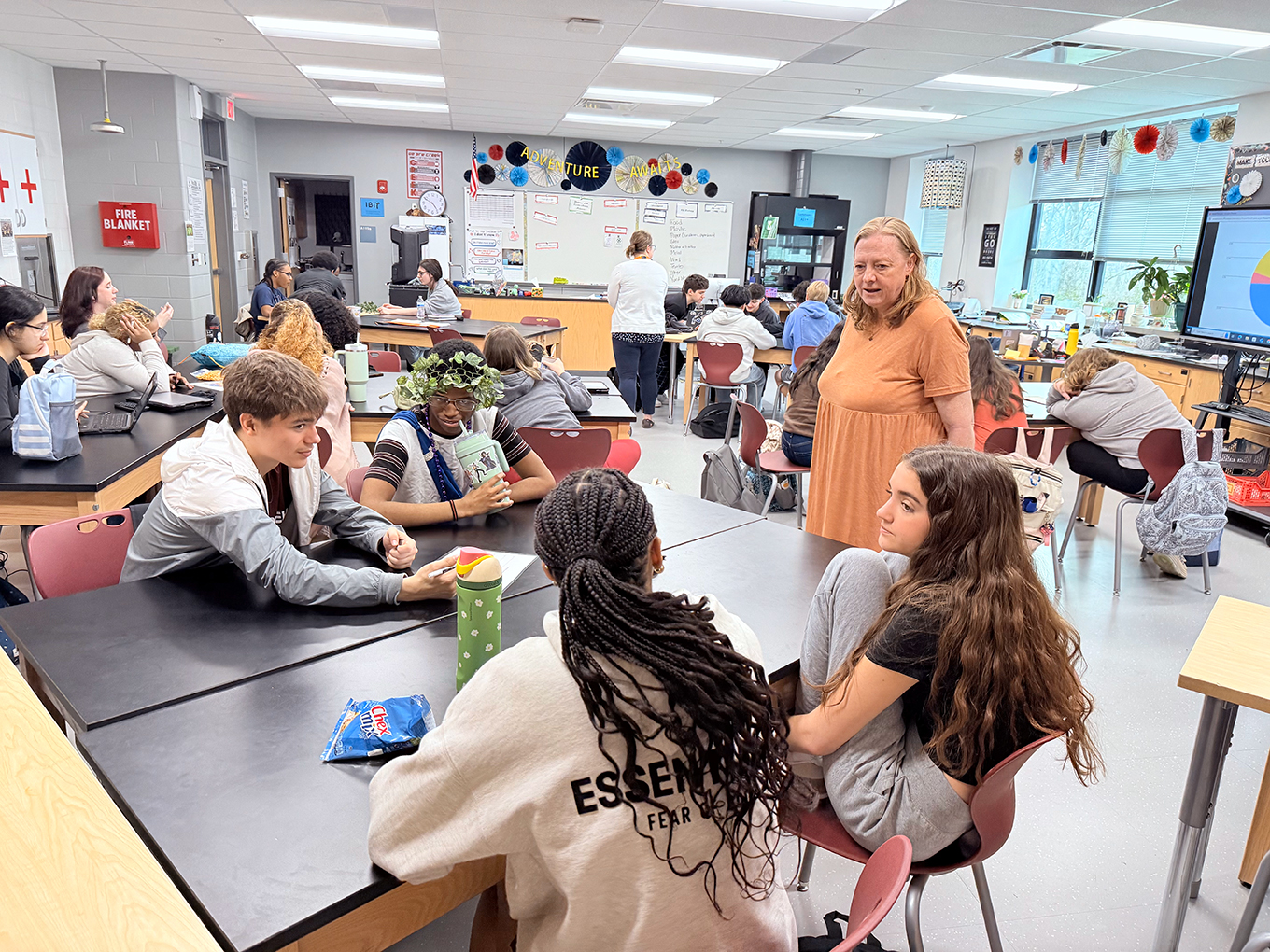
Amy Bolar
While standing at the podium one day the phrase, “The struggle is real” came to mind.
Forty-five bewildered beginning band students sat in awe and the frustration was palpable. The rehearsal was our first attempt at performing individual part reading, a skill needed to prepare for our upcoming Christmas concert. This part of the lesson usually results in productive struggle, where I intentionally allow students to undergo trial and error before experiencing success. However, the impact on this particular group was something detrimental – absolute defeat. The following day, approximately half of the band expressed a desire to quit.
Presenting students with challenges can elicit many reactions, but defeat is difficult to reverse. My yearlong curriculum pacing expectations for this group were similar to that followed in previous years. However, it seemed that with this particular group, a higher percentage than normal would not continue band because the work required to succeed seemed too demanding.
How could I convince a group of defeated 45 6th-graders that they were still capable of greatness? How could I close the gap between those still willing to ride this out and those who had thrown in the towel? Then an article came to mind.
According to a theory about the diffusion of innovations by Everett Rogers, a former professor and chair of the Department of Communication and Journalism at the University of New Mexico, when attempting to make changes among a population it is necessary to evaluate how five smaller groups within that population react to the idea of change. These groups are innovators, early adopters, early majority, late majority and laggards. Each group has unique methods for receiving information regarding change and different affinities for adopting change.
The theory suggests there is a tipping point where ideas are either accepted or lost. According to Rogers, if we focus on the people who fall into the early adopters and early majority groups, their enthusiasm will push our innovation over the tipping point and eventually will influence the remaining majority. But when we attempt to bring about change, we often exert our initial energy swaying the late majority and laggards, the 50 percent of the population that are most difficult to influence.
Within a classroom, think of the teacher as the innovator who could be any or all of the following: the driver of change, the adventure enthusiast or the one best understood by the early adopters. Think of the early adopters as those who tend to have the respect of their classmates, be some of the most motivated students within a classroom and those who try new ideas in calculated ways. Now it may be easier to understand why an innovative teacher might seek the early adopters (the population who appreciates them most) first when trying to pitch an idea.
Consider average students as the early majority. The early majority typically help ideas gain mass appeal. If at this point the teacher (the innovator) has successfully spread enthusiasm for change among the early adopters and early majority, then the last two groups (the late majority and the laggards, our struggling students) will follow. And they will do so not because of the effort the innovator invested in them per se, but because of the momentum the innovator established within the early adopters and early majority.
On a normal day, a teacher functions in a manner that organically addresses, balances and meets the needs of all groups presented in a classroom. Students generally have respect for and are willing to learn from the teacher based solely on the fact that the teacher is, “the teacher.” However, when faced with a particularly challenging milestone, the teacher must realize that the “innovator mentality” is only readily accepted by the early adopters.
For those milestones, the innovator might consider exerting energy focused solely on early adopters. Their potential to influence change among the rest of the class could potentially hold more influence than that of the teacher.
It was time to test the diffusion of innovation model with a classroom. That evening, I placed members of the band into one of Rogers’ categories, developed a plan of action meant to spread positivity and high expectations among the remainder of group, then thought of a plan of action to “sell” it all to the early adopters. The following morning, the early adopters received the charge. Come December, not one student had quit band and the concert was successful.
Think of a time when you had a great idea that did not take flight. Was it one with widespread impact, such as a schedule that you felt would benefit the entire school? Was it a bus dismissal idea or a plan for a smoother lunch transition? What kept your idea from taking root?
As you reflect upon the path you took when selling your idea, think about who you tried to influence first. If you began attempting to win over the toughest crowd first (the laggards), then you may need to revamp your strategy with future ideas. A better approach would be to find the teacher leaders (the early adopters), pitch your idea to them, then test Rogers’ diffusion of innovations theory to see if the trickle-down effect helps your idea gain influence.
Does your classroom contain early adopters and laggards? Who do you attempt to influence first when the content is demanding, laggards or early adopters? Could Rogers’ theory make positive change in your classroom?
Diffusion of innovation ideas are appropriate for hallmark moments, such as introducing a new unit or model of study. Perhaps a different hallmark moment might be when a teacher challenges the class to try nontraditional ways of demonstrating understanding such as through writing a play, song or poem about what they have learned rather than the traditional report.
As teachers, we are accustomed to placing our students in ability and interest groups. It’s a common practice which allows us the freedom to change groupings throughout the year based on the different needs our students present. Think of the diffusion model as one other grouping choice available when student buy-in is of the essence.
Amy Bolar has taught general music at Flemingsburg Elementary (Fleming County) for 23 years and has served as an adjunct teacher at Kentucky Christian University for nine years. She has worked as an independent consultant for Kentucky Educational Television. She is a National Board Certified Teacher a Classroom Teachers Enacting Positive Solutions (CTEPS) alumni and a current Kentucky Hope Street Fellow. Her work with Core Knowledge (E.D. Hirsh) has been featured in seven national conventions and other of her articles published in Bluegrass Music News.




This is spot on! We must get “some” people on board before we can get everyone, or most everyone, on board. Hats off to Ms. Bolar! What a great article to help us get everyone more motivated to step up and do the hard tasks that lie before us!